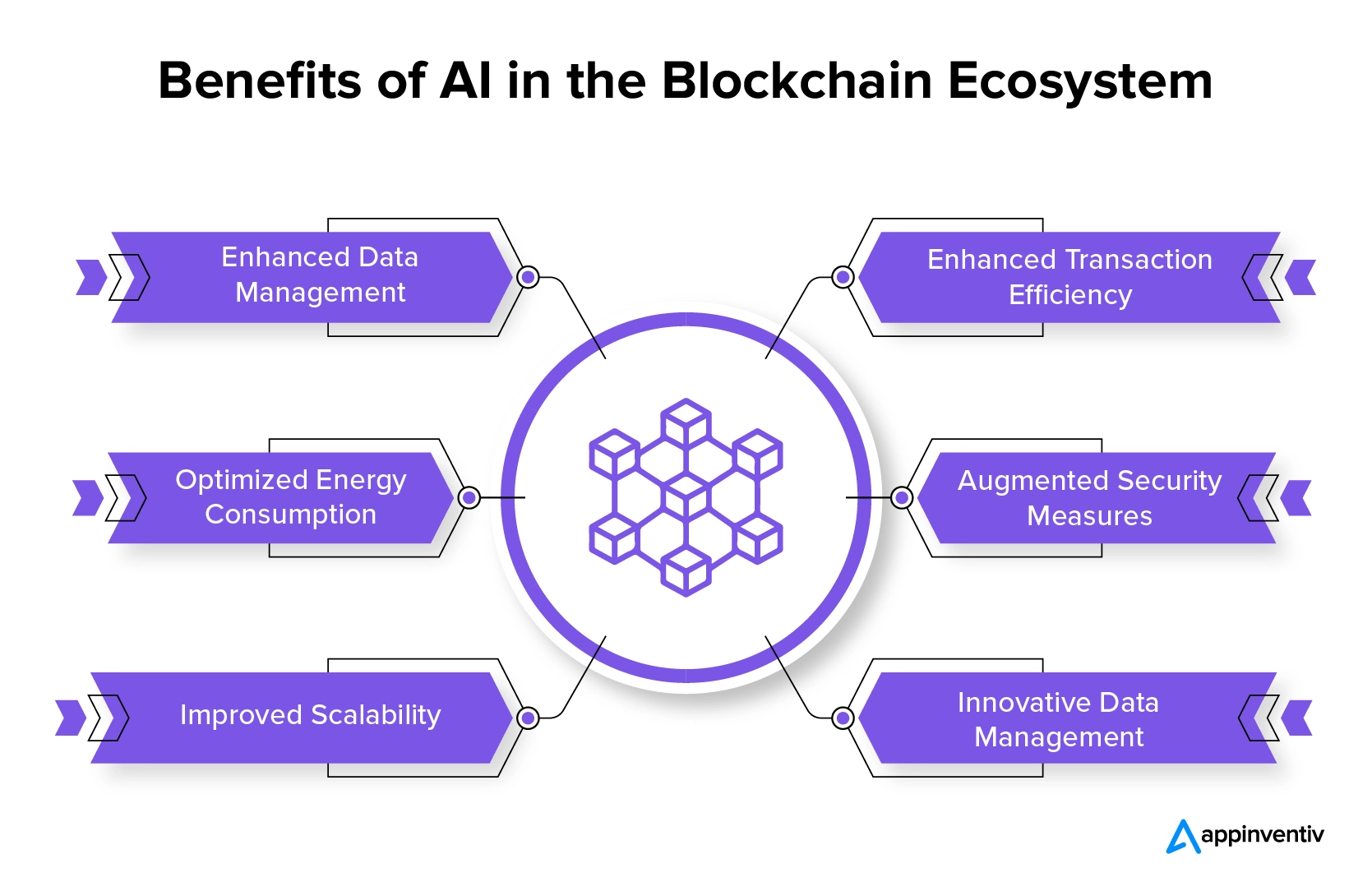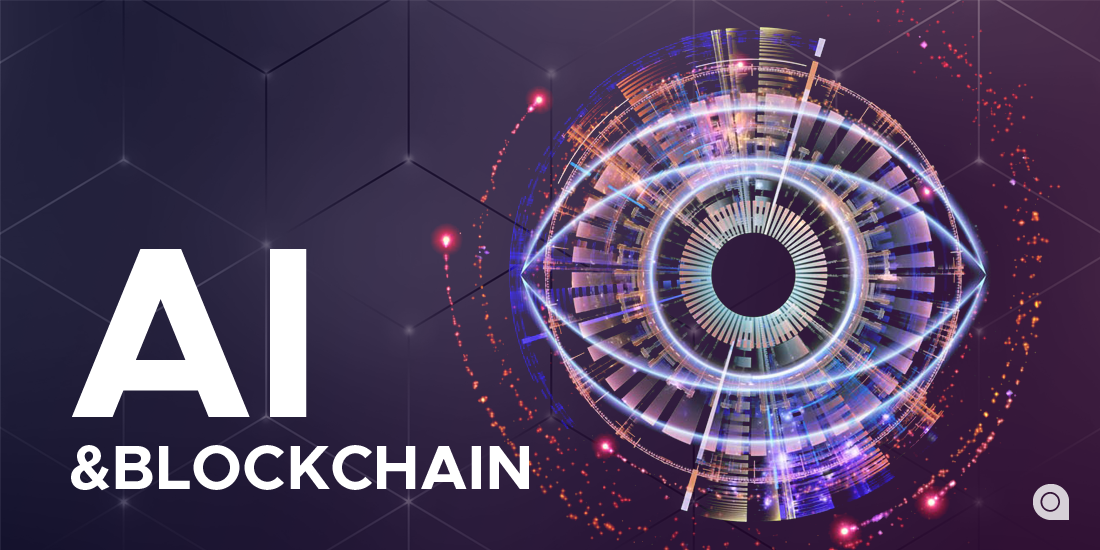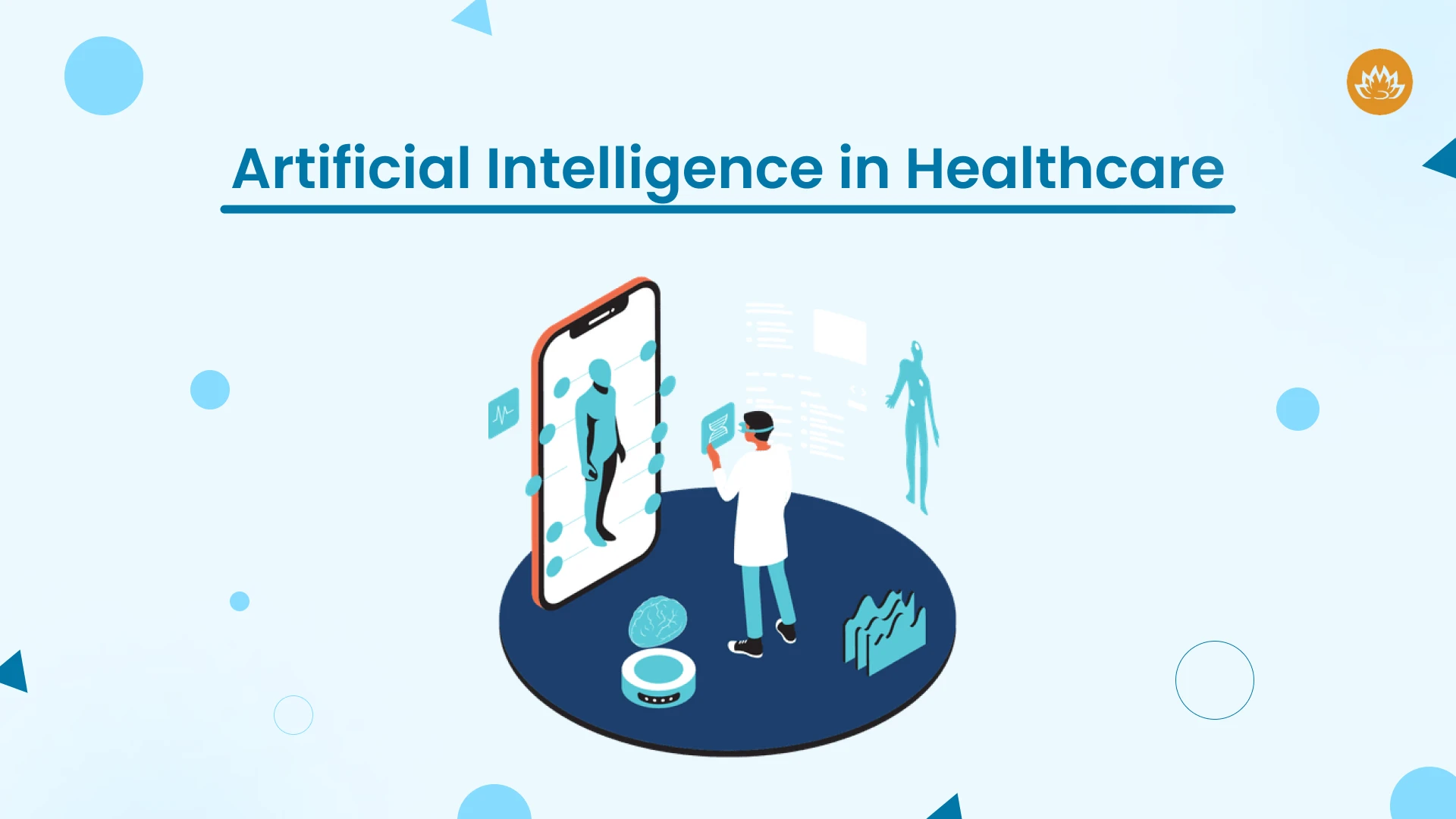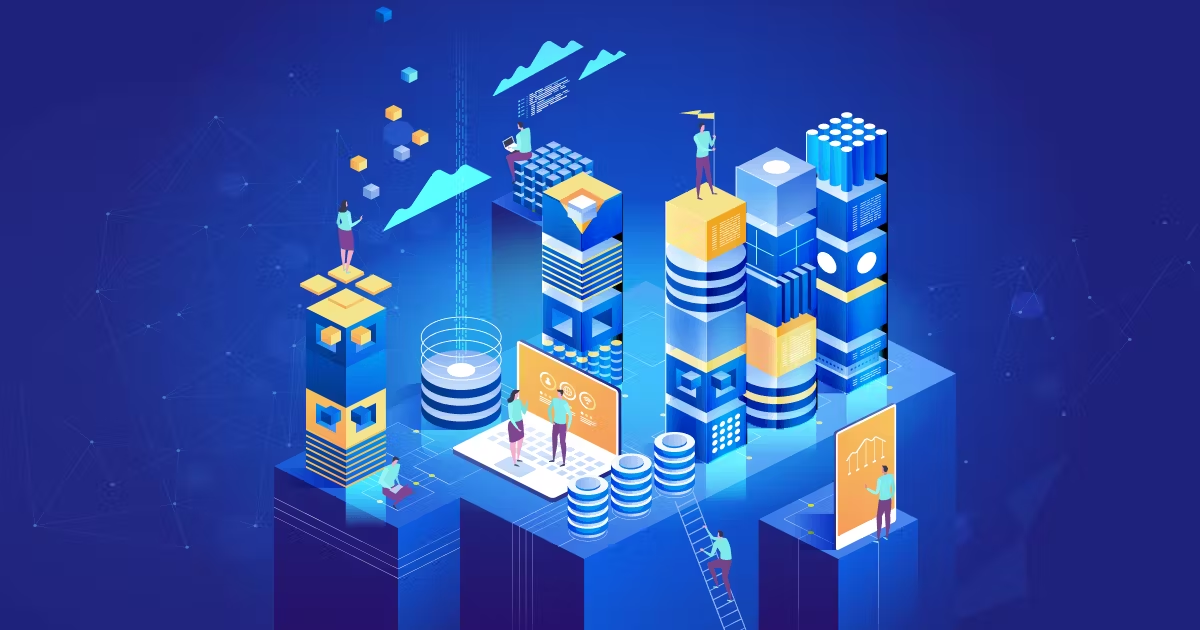Introduction
The convergence of artificial intelligence (AI) and blockchain technology is poised to revolutionize the landscape of secure transactions. These two powerful tools, when combined, offer a promising future for enhancing data integrity, reducing fraud, and increasing efficiency in various industries. In this comprehensive blog post, we will delve into the intricacies of AI and blockchain, explore their synergistic potential, and discuss their implications for the future of secure transactions.

Understanding AI and Blockchain
Artificial Intelligence (AI): AI refers to the development of intelligent agents capable of performing tasks that typically require human intelligence, such as learning, reasoning, problem-solving, and perception. AI systems can analyze vast amounts of data, identify patterns, and make informed decisions.
Blockchain: Blockchain is a decentralized, distributed ledger technology that records transactions in a secure and transparent manner. Each transaction is verified by a network of computers, creating an immutable record that is resistant to tampering.
The Synergistic Power of AI and Blockchain
- Enhanced Security: Blockchain’s decentralized nature and cryptographic algorithms provide a robust foundation for security against fraud and data breaches. AI can further bolster security by detecting anomalies and potential threats in real-time.
- Increased Transparency: Blockchain’s public ledger ensures transparency and accountability, allowing all participants to verify transactions and track the movement of assets. AI can analyze this data to identify potential issues or inefficiencies.
- Improved Efficiency: AI can automate many aspects of transactions, reducing the need for manual intervention and streamlining processes. Blockchain can provide a reliable and immutable foundation for these automated transactions.
- Reduced Costs: By eliminating intermediaries and reducing the need for manual verification, AI and blockchain can lower transaction costs.
- New Business Models: These technologies can enable innovative business models, such as decentralized finance (DeFi) and supply chain traceability.
Applications of AI and Blockchain
- Financial Services: AI can be used to detect fraud, assess risk, and automate customer service. Blockchain can enable secure and transparent financial transactions, including cross-border payments and digital currencies.
- Supply Chain Management: AI can optimize supply chain operations by predicting demand, managing inventory, and tracking shipments. Blockchain can provide a tamper-proof record of product provenance and authenticity.
- Healthcare: AI can analyze medical data to improve diagnostics and treatment. Blockchain can secure patient records and facilitate the sharing of medical information.
- Identity Verification: AI can verify identities using biometric data and facial recognition. Blockchain can store verified identity data securely and prevent identity theft.
- Internet of Things (IoT): AI and blockchain can be used to secure IoT devices and transactions, ensuring data privacy and integrity.
Challenges and Future Directions
- Scalability: As the volume of transactions increases, ensuring the scalability of blockchain networks and AI systems becomes crucial.
- Interoperability: Developing standards and protocols for interoperability between different blockchain networks and AI platforms is essential.
- Regulatory Framework: Establishing clear regulatory frameworks for AI and blockchain is necessary to address legal and ethical concerns.
- Data Privacy: Protecting user data privacy while leveraging AI and blockchain is a significant challenge.
Case Studies
- Hyperledger Fabric: A popular open-source blockchain platform that has been used in various industries, including supply chain management and finance.
- IBM Watson: AI technology that has been applied to various use cases, including fraud detection and customer service.
- TradeLens: A blockchain-based platform for shipping and trade, which uses AI to optimize processes and reduce costs.
Conclusion
The convergence of AI and blockchain presents a powerful opportunity to transform the way we conduct secure transactions. By leveraging the strengths of both technologies, we can enhance security, improve efficiency, and create new business models. As these technologies continue to evolve, we can expect to see even more innovative applications and benefits in the years to come.







Leave a Reply